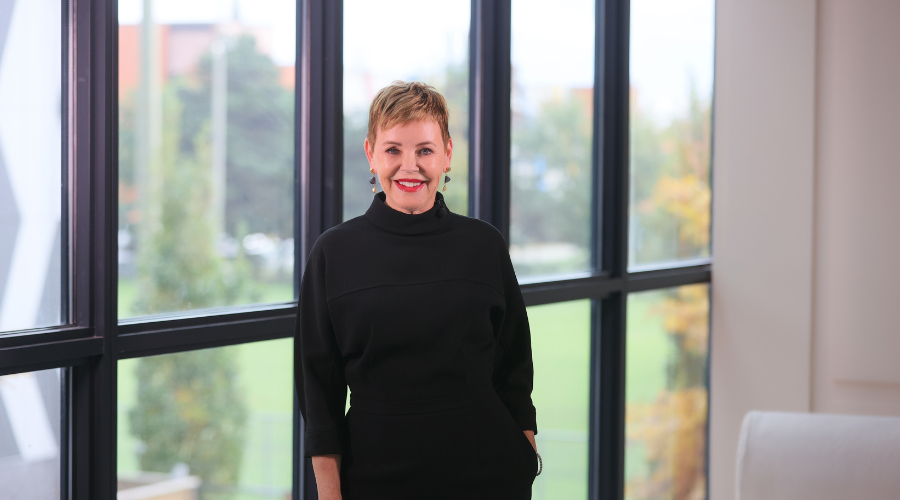At the beginning of June, the National Institute on Ageing reported that Ontario surpassed 400 or 20 per cent of its long-term care facilities and residences reporting COVID-19 cases. The breakdown was 404 facilities affected, 9138 residents and staff cases identified, and 1793 resident and staff deaths recorded.
To say, as many have, that the ravages of COVID-19 in long-term care facilities is a tragedy of national proportions is in no measure an overstatement. Nor is it an exaggeration to lament that it took the Canadian Military, ordered into long-term care facilities to help with the care of its residences, to expose some of the appalling conditions in these facilities.
On May 21, a few days before the Military’s report, the Empire Club held a virtual panel “Being Older in 2020: the modern joys and risks of ageing.” Founded in 1903, located in the venerable Royal York Hotel on Front Street in Toronto, the Empire Club is recognized as Canada’s oldest and most important speakers’ forum. Winston Churchill, Margaret Thatcher, Bill Gates and numerous Canadian prime ministers have graced the speaker’s podium at the Empire Club luncheons. When the Empire Club speaks, the country listens.
That day in May, geriatric experts proclaimed that the situation in long-term care facilities was a 20-year disaster in the making, yet it took a pandemic to expose it. Years of hidden neglect, overcrowding, unsanitary, cockroach infested conditions, not addressed by two decades of provincial governments, finally dominated the news, grabbing our attention while breaking our hearts.
Director of Geriatrics at Sinai Health Services and the University Health Network Dr. Samir Sinha called it “a tale of two pandemics,” one in long-term care facilities and another for the rest of the country. The reason, according to Michael Nicin, Executive Director of the National Institute in Ageing, “goes back decades and belongs to a deep-seated marginalization or social ageism towards older people,” he stated. “We’ve sidelined older people across the Western world. No wonder we hide older vulnerable folks away in nursing homes where no one sees them. They are invisible, and the mystery of what really goes on there is perpetuated.”
Throughout the Empire Club discussion, which included Margaret Gillis, founding president of the International Longevity Centre Canada, and was moderated by Globe and Mail health columnist Andre Picard, panellists returned to the idea that age is discriminated against. Everything from beauty products to medical procedures to pharmaceuticals tell us that ageing isn’t good, that it’s unpleasant, and that we should do everything we can to camouflage it. This bias exists even though reputable studies show that older people comprise the happiest portion of the population. Unless you live in a long-term care facility, that is.
In an interview a few days later, Andrew Picard described other more systemic reasons for this crisis: “Chronic Government underfunding,” he emphasized. “We want cheap long-term care rather than quality long term care. Right now we have the worst of all worlds. We do ourselves a disservice if we reduce this to a war between the private and public sectors.”
The question facing Canadians is, what do we want for ourselves and for future generations of older adults? How independent do we want to be as we age? Must everyone who needs care be inside an institutional facility? What are the possibilities for care inside the home that does not rely entirely on family, but on professional methods and caregivers? What role will virtual online care and new technology play in the years to come? How accurate will virtual care be? How can we invigorate or modify traditional medicine to come to the aid of ill people when it’s urgently required? Some of the answers to these questions are right before are eyes.
For example, in Renfrew County, an hour and a half northwest of Ottawa, a mobile medical team has taken the heat of hospitals and long-term care facilities, by getting trained medical professionals to come directly to patients’ homes.
“This is an idea born of fear, anxiety and disease,” says the CBC. “When the pandemic started marching around the globe, Renfrew County chief paramedic and director of emergency services, Michael Nolan, started looking for solutions. He knew there was a need to protect hospital emergency rooms from overcrowding, and he also realized family doctors would not be able to work solely out of clinics the way they traditionally had.
“Within 12 days of the first conversation, VTAC was live.” It’s a joint effort with partners from across the Renfrew Country health care system, led by primary care physicians, community paramedics, public health and hospitals. This is how it works:
If you don’t have a family doctor, or if you can’t access your family doctor, then you can call a virtual triage assessment centre or VTAC. It’s a free phone number, says Dr. Jonathan Fitzsimon, the Chief of Medicine at Arnprior Regional Health — ‘you can call us and we will link you with a family physician or nurse practitioner. You then get an appointment, usually within a few hours.
“Patients can have their appointments over the phone or a video link. About 80 per cent of those calls can be dealt with by a physician or nurse practitioner without requiring a face-to-face visit. If a visit is required, people with the necessary expertise are dispatched.”
During the pandemic, paramedics from Renfrew County regularly show up at the homes of those suffering from COVID-19 or other ailments, allowing people to be treated at home without accessing hospital emergency wards.
After the Empire Club’s panel and the Canadian Military’s report on long-term care, Ontario’s ombudsman launched an investigation into the province’s oversight of long-term care homes during the COVID-19 pandemic. According to a news release, investigators will examine whether the oversight by the Ministry of Long-Term Care and the Ministry of Health is “adequate to ensure the safety of residents and staff.”
At the same time, finding humane and practical solutions for the care of elders “is not rocket science,” according to Dr. Sinha. “We are all responsible. When the Canada Health Act was introduced the average age of Canadians was 27 and people didn’t live beyond their 60s. We never believed we would grow old or vulnerable or chronically ill. But as the years passed, successive governments closed their eyes to the deplorable state of long-term care and so did we.”
Commissions and studies will help, as will more frequent and robust inspections, but we also need 21st-century remedies such as the one being modelled in Renfrew Country. We need much better access to care while we are able to remain in our homes. Denmark, for instance, has invested significantly in home care. Denmark’s goal is to keep people healthy and independent at home for as long a possible. When people reach 75 years of age, they automatically receive a visit from a public health nurse who suggests ways to retrofit their home to age safely at home. Falls are the number one reason people end up in nursing homes.
In Canada, we have it backwards. We put too many people in retirement homes and long-term care institutions, although most of us don’t wish to be there. We want to age at home. Right now, Canada is spending $27-billion a year on long-term care, which will grow to $100-billion in the next 30 years. “To reform the system,” concludes Dr. Sinha, “we need to support home care. The entire unit of the family must be included, not just the older person. We must focus on what the family wants. Too much has gone wrong”
Before the excellent advice of expert geriatricians and in-the-field health care providers is forgotten, let’s decide to change the system for the care of elders rather than just modify its most egregious errors. Now is the time to make a fresh start.
 |






























